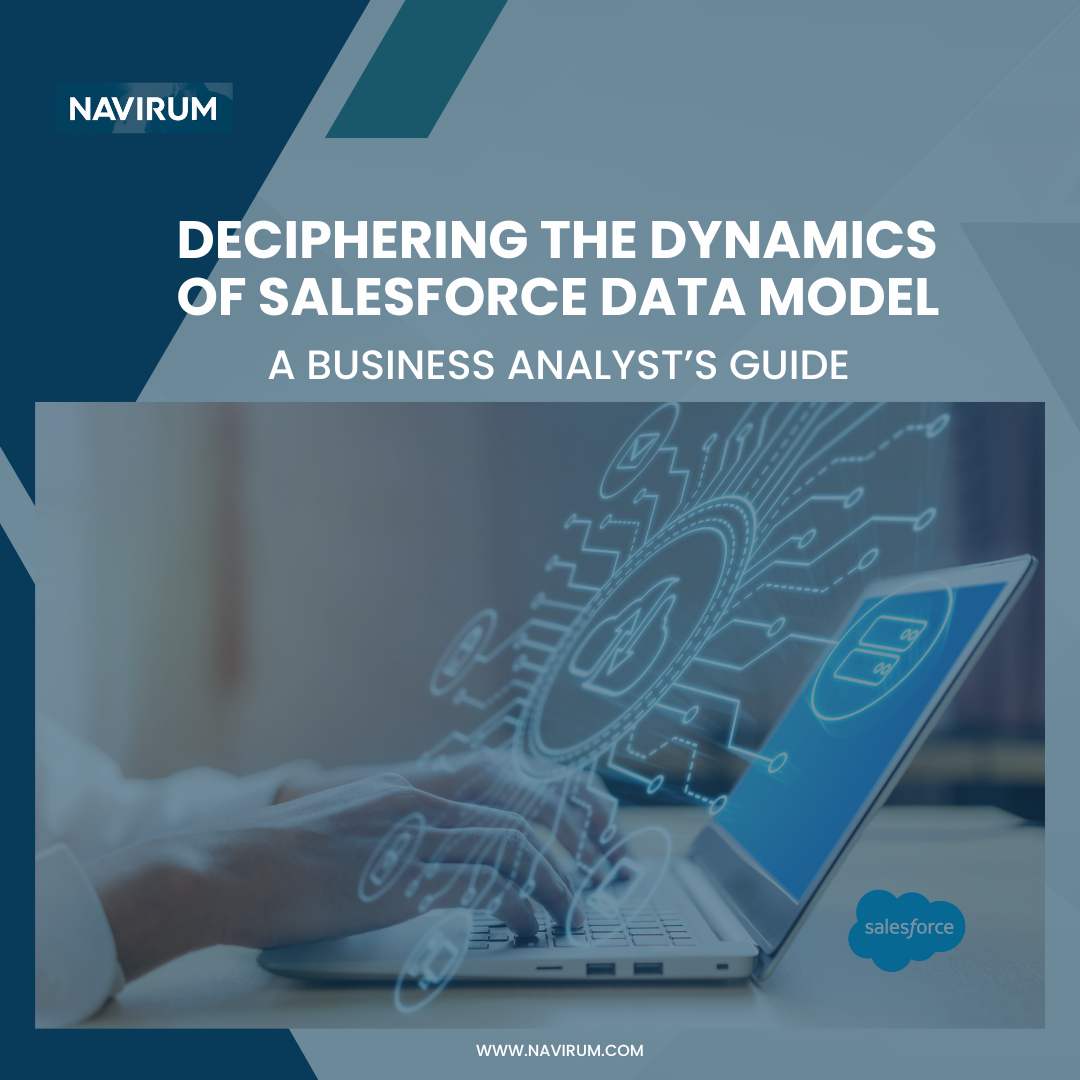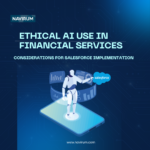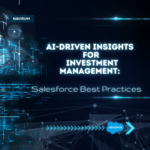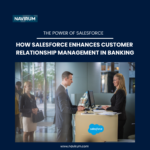
In the realm of Salesforce, where efficiency meets innovation, lies the heart of every organization’s data strategy – the Salesforce Data Model. As a Salesforce Business Analyst, it’s my privilege to unravel the intricacies of this foundational component and shed light on its profound significance in shaping businesses for success.
What Is the Salesforce Data Model?
At its essence, the Salesforce Data Model serves as the backbone of your Salesforce instance. It outlines how data is structured, organized, and interconnected within the platform. Think of it as the architectural design that shapes the way your data flows, ensuring efficiency, accuracy, and scalability.
Key Components of the Data Model:
Let’s embark on a journey to demystify this crucial aspect of Salesforce:
Objects: The Building Blocks
Objects are the fundamental entities that store data in Salesforce. They represent various real-world or abstract concepts such as leads, accounts, contacts, opportunities, and more. Each object comes with its set of fields, defining the type of data it can hold. Think of it like a spreadsheet, where each tab corresponds to an object in Salesforce. Additionally, Salesforce provides standard objects tailored to specific industries, but organizations can customize and create additional objects beyond the standard ones
Fields: The Data Containers
Fields are the attributes within an object that hold specific pieces of information. Each field corresponds to a specific data point, such as a contact’s name or an opportunity’s amount. Salesforce offers standard fields, and we can also create custom fields to capture custom metrics.Fields enable robust reporting and analytics. By defining field types (e.g., text, number, date), we ensure consistent data entry. We can create reports based on field values, track trends, and make informed decisions.
Relationships: Forging Connections
Relationships establish connections between different objects, enabling us to navigate and link related data seamlessly. In Salesforce, we have two primary types of relationships:
- Lookup Relationship: This allows one object to link to another object using a lookup field, creating a parent-child relationship. In the context of Financial Services, this means that a client can be associated with multiple investment accounts
- Master-Detail Relationship: A stricter form of relationship where the child record inherits security and other attributes from its master, ensuring data integrity and enforcement of business rules.For example, shares or stocks owned by a client can only be associated with a single investment account, and they cannot exist independently of a financial account.
- Many-to-Many Relationships:These involve junction objects to connect two objects in a many-to-many relationship. For instance, clients can have multiple insurance products, and each insurance product can be purchased by several customers.
- External Relationships: establishes a link between a standard or custom object within Salesforce and an external object in an external system. This powerful feature allows you to retrieve and display data from the external system within Salesforce, enhancing data integration capabilities and providing a holistic view of information It’s useful when you need to access data stored outside of Salesforce while still maintaining relationships with Salesforce records.For example, you can relate payment records from an external ERP system to an account in Salesforce using an external ID.
- Self Relationship: occurs when a record is related to other records within the same object. Example is to capture the information about parent companies and it’s subsidiaries.
- Hierarchical Relationships: is a unique relationship that exists only on the user object. It can be used to create a hierarchy of users.
Record Types: Tailoring User Experiences
Record types allow organizations to tailor the user experience by displaying specific fields for capturing information related to various business processes. This adaptability enables businesses to address diverse needs within a single Salesforce instance. Record types are useful in situations where an organization handles both business-to-business (B2B) and business-to-consumer (B2C) processes
Validation Rules and Data Integrity
Salesforce Data Model encompasses mechanisms like validation rules, which enforce data quality by defining criteria that records must meet to be saved. These rules act as guardians, ensuring that only accurate and relevant data enters the system, thereby maintaining data integrity.
Schema Builder: Visualizing the Blueprint
The Schema Builder within Salesforce provides a visual representation of the data model, allowing stakeholders to design, modify, and understand the relationships between objects effortlessly. It serves as a powerful tool for collaboration and decision-making during the design phase.
Takeaway
Understanding the Salesforce Data Model is not merely a technical endeavor; it’s a strategic imperative for businesses aiming to harness the full potential of their Salesforce investment. By mastering the intricacies of object relationships, data governance, and user experience customization, organizations can architect robust solutions tailored to their unique needs, driving efficiency, and fostering growth.
As a Salesforce Analyst, my role extends beyond technical proficiency; it’s about translating business requirements into scalable, future-proof data models that lay the foundation for sustainable success. Together, let’s navigate the ever-evolving landscape of Salesforce, leveraging the power of data to propel your business towards new horizons.







